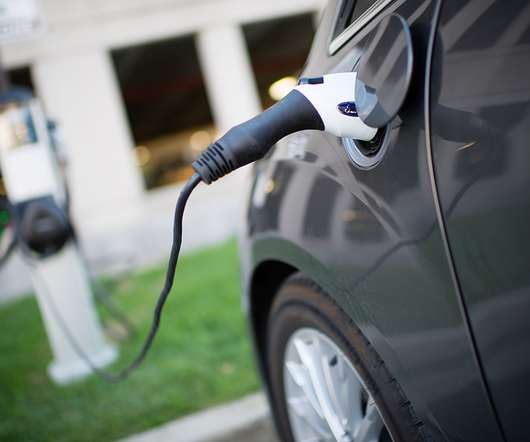Researchers discover how nickel may inhibit charge/discharge rate in Li-ion batteries
Green Car Congress
SEPTEMBER 28, 2012
Simulated zone projection image based on LMNO crystal model with 20% Ni/Li disorder corresponding to blue rectangle. Simulated zone projection image based on LMNO crystal model with 10% Ni/Li disorder corresponding to white rectangle. For example, a layered composite based on lithium nickel manganese oxide Li 1.2















Let's personalize your content